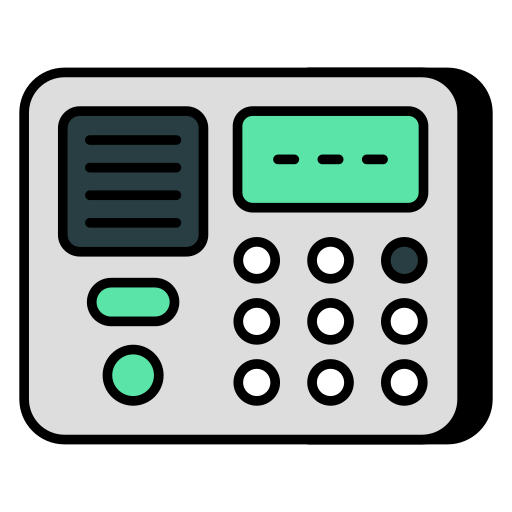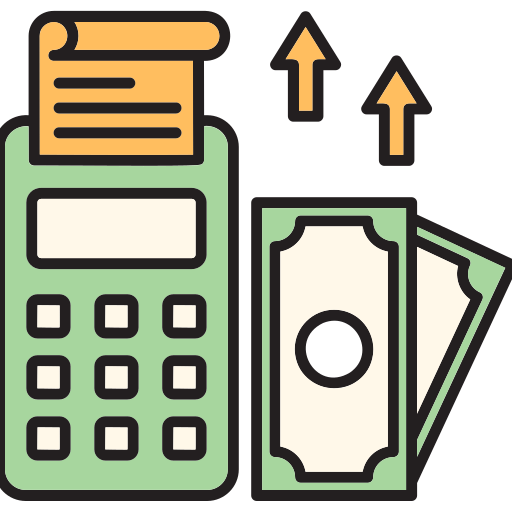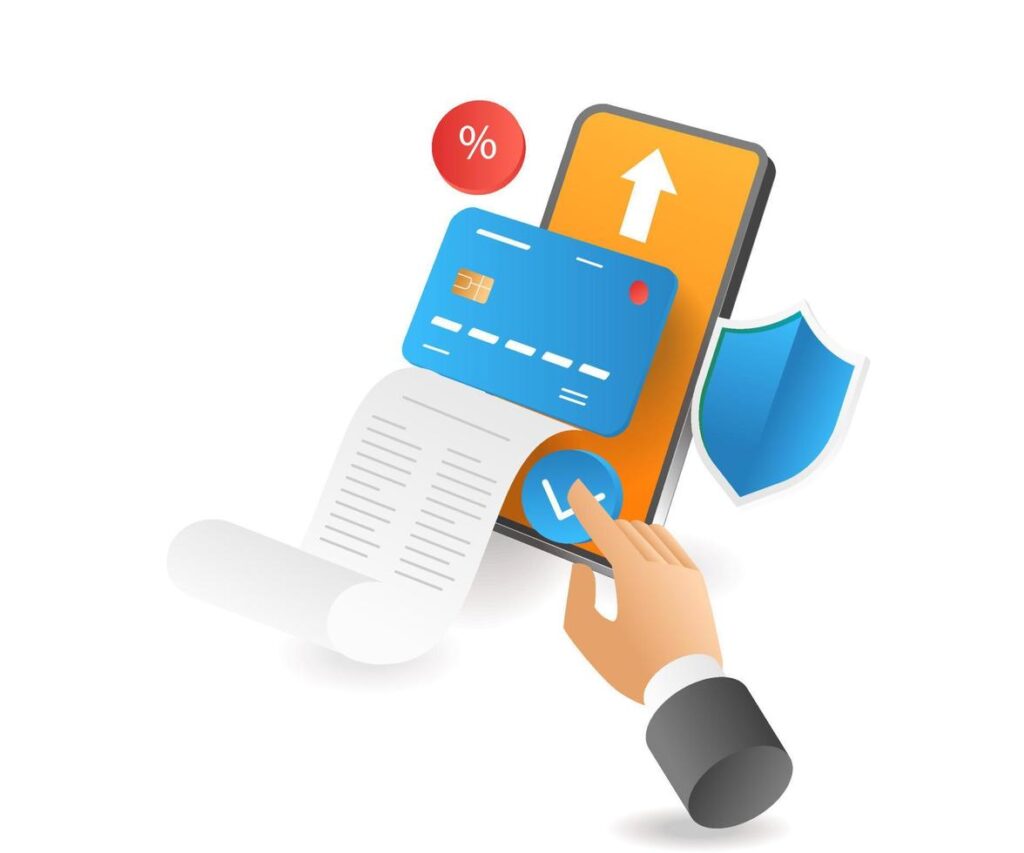// Education Management Software
School/Education Management Software is a digital platform that streamlines administrative tasks, improves communication, and enhances efficiency in educational institutions. It manages student information, attendance, grades, schedules, and fees, while also facilitating communication between teachers, students, and parents.

Application Features
Comprehensive Features of Our Education Software

Admission System

Bulk Import File

Class management

Attendance System

Exam Management

Marks Management

Online Payments

Result

WHY IS SCHOOL MANAGEMENT SOFTWARE IMPORTANT?
A tool called school management software is very important because it helps with the management of schools. There are many ways it can help with planning, budgeting, and collecting data. People like school management software because it helps schools in many different ways. There are ways to ensure that they aren’t wasting time on things they don’t know how to do and instead focus on what they are good at, like creativity and emotions. School management software is also important for parents who want to keep an eye on their child’s progress through grades, attendance, grades, and feedback from their teacher.
Student Admission System
- Streamlined Enrollment: Automate the entire student admission process, from application submission to approval, making it easy to manage large volumes of applications.
- Customizable Forms: Create and customize admission forms to capture the specific data you need for each student.
- Application Tracking: Monitor the status of each application in real-time, ensuring a transparent and efficient admission process.
- Document Management: Upload and store essential documents such as birth certificates, previous report cards, and other necessary paperwork.


Bulk Import File of Students
- Mass Data Entry: Quickly import large volumes of student data using bulk import functionality, saving time and reducing manual entry errors.
- Flexible Data Formats: Support for various file formats (e.g., CSV, Excel) to make importing data easy and compatible with existing systems.
- Automatic Data Validation: Ensure data accuracy with automatic validation checks during the import process.
- Efficient Onboarding: Streamline the onboarding process for new students by populating all necessary records in one step.
Class Management
- Class Scheduling: Create and manage class schedules with ease, including assigning teachers, classrooms, and time slots.
- Student Grouping: Efficiently organize students into classes or groups based on criteria such as grade level, elective choices, or special needs.
- Resource Allocation: Assign and manage resources such as textbooks, lab equipment, and other materials to each class.
- Classroom Communication: Facilitate communication between teachers and students or parents through integrated messaging systems.


Students’ Daily Attendance
- Digital Attendance Tracking: Record student attendance digitally, reducing paperwork and improving accuracy.
- Real-Time Monitoring: View and monitor daily attendance in real-time, identifying patterns of absenteeism or tardiness.
- Parental Notifications: Automatically send notifications to parents or guardians when a student is absent, ensuring timely communication.
- Attendance Reports: Generate detailed attendance reports to support academic performance tracking and compliance with school policies.
Exam Management
- Exam Scheduling: Plan and schedule exams with ease, assigning dates, times, and locations for each test.
- Question Bank Management: Create and manage a repository of exam questions, categorized by subject and difficulty level for easy access.
- Automated Invigilation: Set up automated invigilation tools to monitor online exams, ensuring integrity and preventing cheating.
- Result Compilation: Automatically compile exam results and calculate grades, reducing manual errors and speeding up the result processing.


Marks Management
- Grade Entry: Easily input and manage student marks for exams, assignments, and projects through a centralized system.
- Customizable Grading: Support for various grading systems (e.g., letter grades, percentage, GPA) to match your school’s requirements.
- Grade Analytics: Analyze grades to identify trends, such as high-performing students or subjects that need additional focus.
- Progress Reports: Generate and distribute progress reports to students and parents, providing detailed feedback on academic performance.
School Result Management
- Result Generation: Automatically generate final results for each student based on cumulative marks from exams, assignments, and other assessments.
- Customizable Report Cards: Create professional report cards with customizable layouts and branding to match your school’s identity.
- Digital Distribution: Distribute results digitally to students and parents via email or through the school’s online portal.
- Result Analytics: Analyze overall school performance, identifying trends and areas for improvement to enhance educational outcomes.


Online Payment System
- Fee Collection: Enable secure online payment of school fees, reducing the need for in-person transactions and handling of cash.
- Multiple Payment Methods: Support various payment methods, including credit/debit cards, bank transfers, and mobile payments, to accommodate parent preferences.
- Automated Receipts: Automatically generate and send payment receipts to parents, providing proof of payment and maintaining transparency.
- Payment Tracking: Track and manage payment records in real-time, ensuring accurate financial records and timely follow-up on outstanding payments.

